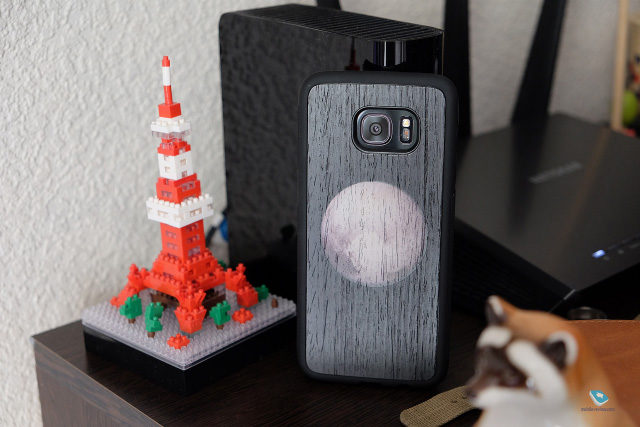A few years ago, in almost every review of the next Chinese device, be it a smartphone Meizu, Xiaomi or some other company, as they say now, is still 'second tier', or even in the reviews Huawei I constantly mentioned the stability of work and tried to describe minor glitches and sores. It so happened that “Chinese smartphones” were already miraculously good in terms of characteristics and cost, but differed from the devices of the most famous brands in terms of stability and the number of glitches and bugs. For the worse. And so, in the middle of 2016, I switched to one of the most popular smartphones in the world from one of the world's largest A-brands – Samsung Galaxy S7 EDGE, and at the end of the year I chose another device, immediately from two A-brands that worked in collaboration with each other, Google Pixel (Google and HTC). I have been using Samsung for half a year, I have had a pixel for a month, and in general I like both smartphones, the impressions from them are almost exclusively positive, but I began to notice one trend.

With each new year, with each new generation of devices, not Chinese brands like Meizu and Xiaomi tend to the level of A-brands, but vice versa. The new flagships from Samsung, Apple, and the same Google Pixel from HTC, in terms of stability, slowly but surely descend to the level of the 'Chinese'. Samsung Galaxy S7 Edge freezes? Easy and often. General slowdown after 3-4 months of use, such that only a full reset and zeroing of the device help? There is. Take Google Pixel – I have already described the problem with the lack of vibration strength settings. Moreover, this is precisely a problem or a bug, because the vibration settings are even in the standard keyboard from Google, but in fact the vibration strength does not change. And this problem is not corrected in any way. I recently found another problem on 'pixel'. During the next check for updates, the smartphone found an update, and … that's it, then the system tried to install it for several hours, but in vain, neither rebooting nor closing all applications helped, and the smartphone was extremely hot for these few hours.
To be honest, I do not know whether it’s me that I’m haunted by failures in using top flagships, or whether there is a trend. Not the most joyful for users, although certainly positive for Chinese companies. These companies, even the most famous and large ones, it seems to me, are not moving too much in the direction of 'finishing' software, but at the same time they have long and successfully advanced in all other indicators, and stable software should now be one of the most important criteria for a quality flagship from a large brand when the hardware devices become too close. But it turns out that brands like Samsung and Apple in pursuit of market share, new audiences, or I don't know what else are starting to lose sight of this important criterion.
